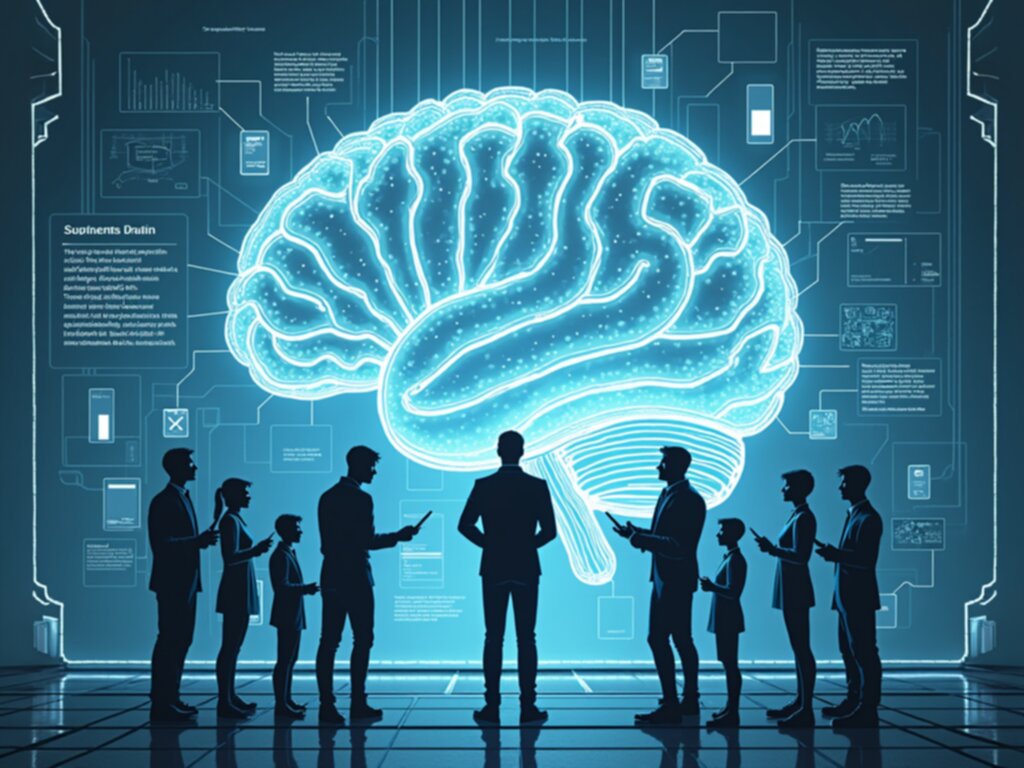AI in Patent Review: Current Trends and Critical Considerations

The hum coming from the servers handling patent applications seems a bit louder these days. I've been spending my time sifting through the latest developments in how we process these dense technical documents, and the shift toward automated assistance is palpable. It’s not just about speeding things up, though that's certainly part of the conversation; it’s about fundamentally changing how prior art searches are conducted and how examiners manage their dockets. Remember the sheer volume of literature we used to wade through? Now, algorithms are pointing us toward relevant sections of specifications written decades ago, sometimes with frightening accuracy.
What I'm observing now, in late 2025, is a transition from experimental tools to systems being integrated directly into the review workflow, whether officially sanctioned or quietly adopted by examiners trying to keep pace. This isn't science fiction anymore; it's the reality of managing the ever-growing global patent output. My curiosity centers on whether this reliance on pattern matching truly captures inventive steps or if it merely solidifies existing search biases. Let’s look at what’s actually happening on the ground floor of the review process.
One major trend I see is the move beyond simple keyword matching toward semantic understanding of claims language, especially when dealing with chemical structures or complex mechanical assemblies. Systems are now attempting to map functional relationships described in a patent claim against similar relationships described in millions of earlier documents, using vector representations of text. This means if a claim describes "a fastening mechanism employing rotational torque," the system isn't just looking for those exact words; it's looking for descriptions of screws, bolts, or even friction locks that serve the identical purpose, even if the terminology is wildly different. Furthermore, there is a noticeable push to use these tools for initial triage, flagging applications that appear to cover subject matter already heavily patented in a specific technological niche before a human even spends substantial time on them. This pre-screening aims to reduce examiner workload on clearly non-novel areas, theoretically freeing up time for truly difficult inventive step assessments. However, I worry about the "black box" nature of some of these sophisticated models; when a system rejects a line of search based on a similarity score, the rationale provided often remains opaque, demanding a leap of faith from the human reviewer. We need transparency in how these similarity scores are generated to maintain due process in examination.
Reflecting on the critical considerations, the biggest hurdle I perceive isn't technological capability but data quality and systemic bias. These review engines are trained on historical patent data, which, frankly, reflects the biases present in the patent system over the last century—biases regarding what was considered novel, who was granted protection, and what language was favored by examiners in different jurisdictions. If the training set overrepresents certain types of inventions or uses specific jargon heavily associated with successful past applications, the system might inadvertently penalize genuinely novel inventions that use unfamiliar terminology or describe structures outside the historical norm. I’ve seen preliminary evidence suggesting that applications describing unconventional materials or non-standard manufacturing sequences sometimes get routed into deeper, more skeptical searches simply because they don't fit the established textual clusters. Moreover, the legal standard for patentability—especially non-obviousness—requires a human judgment about what a "person having ordinary skill in the art" would have known or been motivated to combine. Can an algorithm truly model that subjective legal standard, or is it just creating a very efficient novelty filter that misses the subtler aspects of inventiveness? We must ensure these tools remain aids to human judgment, not replacements for the careful, context-aware analysis required by patent law.
More Posts from patentreviewpro.com:
- →Amino Acid Sequence Secrets Key to Patenting
- →How Patent Filings in Gaming Fan Fiction Reshape Intellectual Property Rights A 2024 Analysis
- →Hypothetical Patent Scenarios Exploring Theoretical Innovations in Intellectual Property
- →Dyson's Cyclonic Separation A Deep Dive into the Patent that Revolutionized Vacuum Cleaning
- →Patent Analysis UV-Resistant Properties of Hybrid Urethane-Epoxy Resins in Industrial Coatings (2024 Review)
- →John McCarthy's 1956 Dartmouth Proposal The Birth Certificate of Modern AI Patents